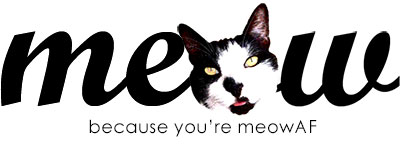In September 2013, Mei Martin saw a video the Humane Society posted online about a trio of special needs kittens who were at risk of being euthanized if they didn’t find forever homes. Mei learned the kittens were born with cerebellar hypoplasia, a non-progressive neurological condition that affects balance and coordination, and they were approximately two months old. “I was about to start veterinary school and figured I’d just go take a look,” remembers Mei.
However, when Mei visited the shelter, she found herself completely smitten with one of the kittens, a long-haired male cat named Dustball. “He was so tiny and fluffy and grey,” remembers Mei. “He looked just like a little ball of dust you might find under the couch!”
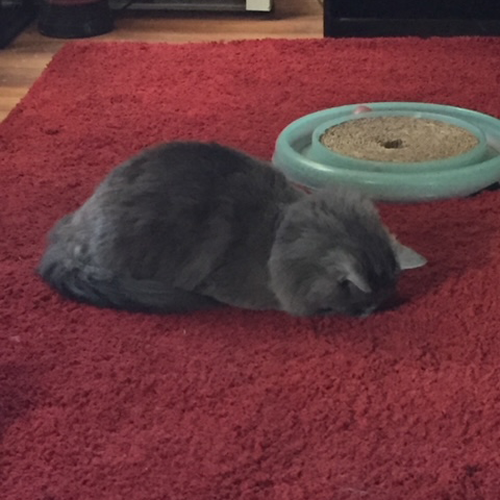
Even though Mei didn’t know much about caring for a cat with special needs, she was confident she would be able to give Dustball the special care he needed to thrive. Plus, she knew if he didn’t get adopted, he was at risk of being put to sleep. “I couldn’t bear the thought of him being euthanized just for being wobbly,” explains Mei, so she adopted him! “From what I knew of the condition, he would need extra help but could have a good quality of life, and I wanted to try and provide that for him.”

In order to keep Dustball safe, Mei blocked off areas of her home — including the stairs — where he might be able to fall and injure himself, she secured items she thought he might accidentally knock over, and — fearing the two-month-old wobbly cat might fall into his water and struggle to get out — she provided him with a shallow bowl.
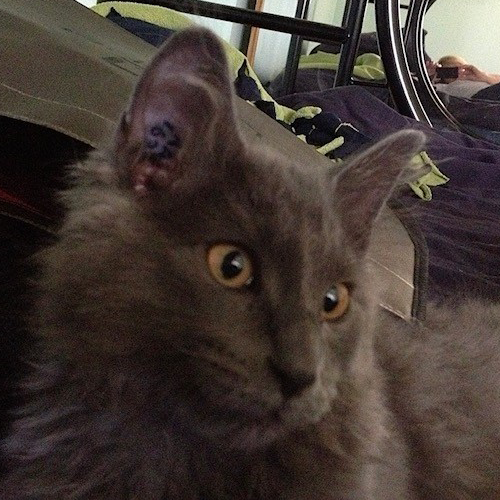
However, she quickly realized he didn’t really need any other special accommodations, and more than eight years later, Dustball is still a relatively low maintenance cat. “To be honest, I would say his condition has not been as challenging as I would have thought,” says Mei.
View this post on Instagram
While Dustball, who has moderate cerebellar hypoplasia, has an unsteady gait and falls over fairly frequently, he is actually pretty independent. In fact, not only is he able to get on and off of the bed and couch by himself, he has no trouble using the litter box, although prefers to lay down when he relieves himself. “He also has what are called ‘intention tremors,’ ” explains Mei, “so when he wants to do something he shakes a little bit and gets very focused. Sometimes all that focus pays off and he’s able to achieve what he’s trying to do!”
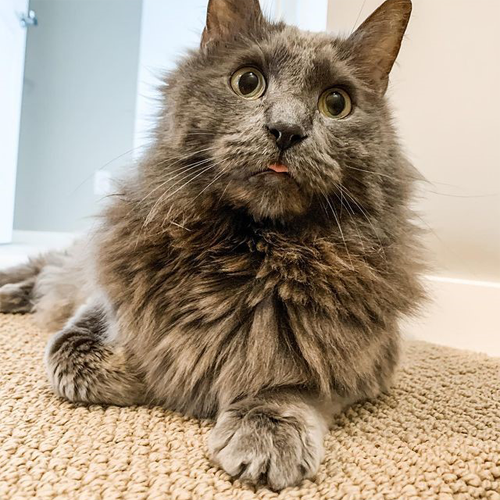
However, Dustball doesn’t always succeed on the first try, but this tenacious boy never gives up, which is something his mom finds very inspiring! “Dustball teaches us every day how to keep trying under all circumstances, and to never give up no matter our disadvantages,” says Mei.
View this post on Instagram
After all, while Dustball moves a bit differently from a typical cat, he has a very happy and active life filled with adventure and fun. “He loves exploring outside and being taken for walks in his carrier,” says Mei. “He also loves car rides and seeing new places!”
View this post on Instagram
In fact, while most cats rarely leave home, Dustball has traveled all over Canada and the United States with his mom. However, Dustball — who is happy as long as he’s with Mei — is also content playing with toys at home and sleeping on his bed in front of the fire. “[He also] loves a good rough scratch from his cat dad when he comes home from work,” says Mei.

While it’s obvious Dustball is thriving, Mei has found people often assume cats with cerebellar hypoplasia must be suffering in some way. However, cerebellar hypoplasia — which occurs in utero, often when a pregnant cat is exposed to the feline leukopenia virus — definitely isn’t painful, and affected cats are more than capable of having wonderful lives.
View this post on Instagram
“Life can be beautiful even if it’s not perfect,” explains Mei, and she hopes sharing Dustball’s story will convince people to consider adopting cats with special needs. “I wish people knew how much joy special needs cats can bring to their lives and how inspiring they can be.”
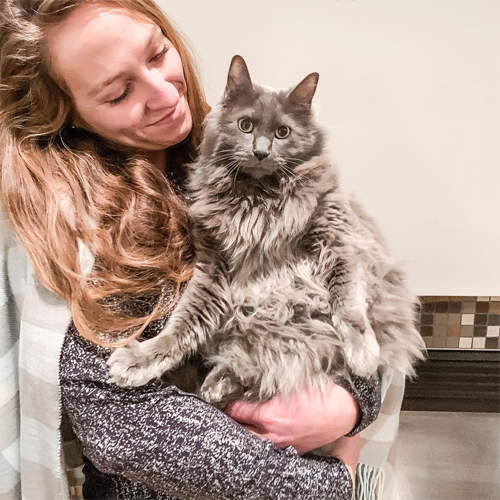
For Mei, Dustball truly is an inspiration, and she’s so glad she made him a part of her family when she brought him home more than eight years ago. After all, not only has he been her consummate travel companion since 2013, Dustball has been by Mei’s side during some of the happiest and most difficult times of her life, and she is incredibly grateful for the many moments they’ve shared.
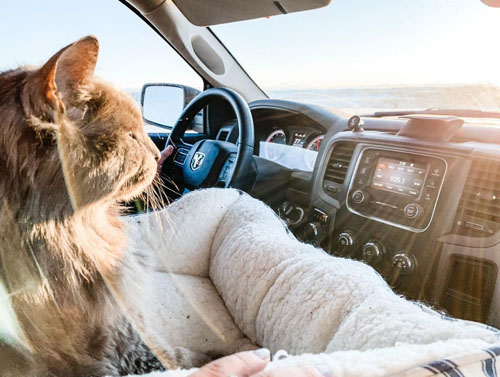
“Dustball means the absolute world to me,” says Mei. “Love doesn’t even feel like a big enough word to encompass it. I would go to the ends of the earth for him and aim to make his life as amazing as it can possibly be, because he deserves it.”
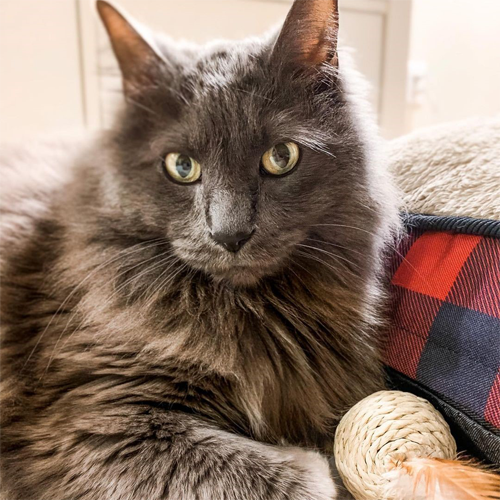
To learn more about this handsome cat, you can follow Dustball on Instagram.
